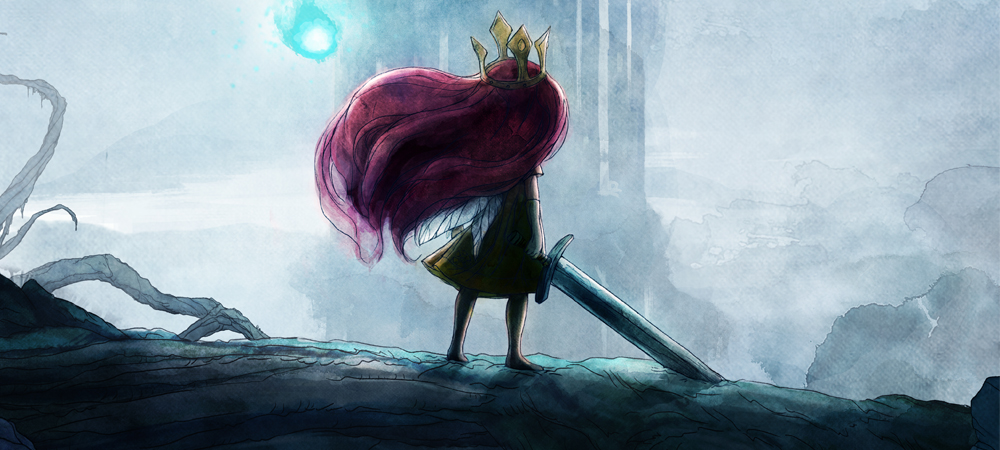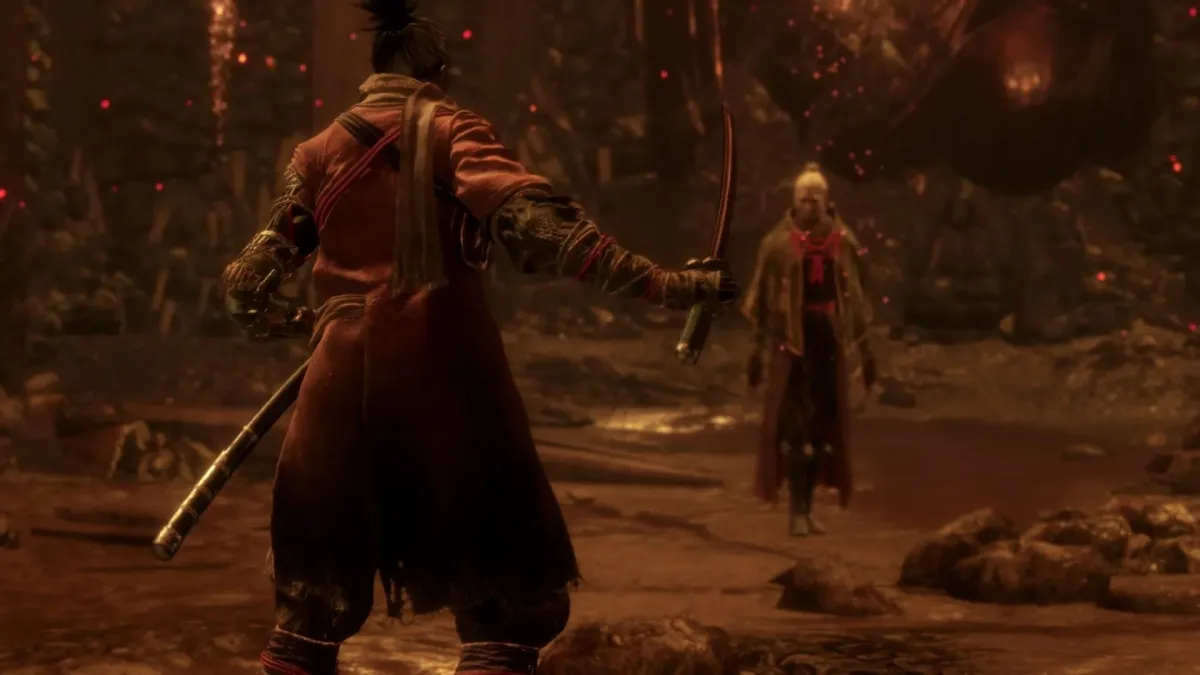This time, the princess saves herself
When Ubisoft revealed that it was working on an old-school JRPG with modern visuals, I was utterly surprised. It’s not really in its wheelhouse, and the striking visuals of Child of Light were immediately apparent — even more striking than either of the recent Rayman games, which utilized the same UbiArt engine.
Now that it’s finally here, I’m pleased to say it looks even better in action, and I’m eager to see what the team can do with this formula in the future.

Child of Light (PS3, PS4, PC, Xbox 360, Xbox One [reviewed], Wii U)
Developer: Ubisoft Montreal
Publisher: Ubisoft
Release Date: April 30, 2014
Right from the get-go with the haunting storybook intro, I got chills while playing Child of Light. Set in 1895 in Austria, Light tells the tale of princess Aurora, who one day falls ill and awakens in an unknown world. Soon she’s introduced to a firefly named Igniculus, and the game takes off from there. It’s a brilliant setup in that it takes some of the best parts of folklore and fairy tale history, as well as packing in its own personal charm and style.
Ubisoft Montreal simply nails it aesthetically, as the game looks like a painting in motion, and certain scenes that deal with the manipulation of light and the showcasing of stained glass look fantastic. It’s not just generic fantasy either, and there’s lots of detail in the backdrops like steam emanating from factories or cold winds blowing about. Oh, and there’s totally a bird with a top hat — enough said. Even the presentation of the dialog is wonderful, with layered text and individually colored dialog.
So what is Child of Light? Well, it’s a puzzle platformer with JRPG combat — simple enough. You’ll engage in miniature puzzles with Igniculus, ranging from basic box-pushing mechanics to lighting up certain shadows in sequential order. Aurora can jump easily enough, but early into the game (roughly an hour) you’ll earn the ability to fly around at will, which really opens everything up.
In fact, there’s a short curve with the game in general in terms of opened-up mechanics. Tutorials are non-obtrusive and light, and as a general rule Child of Light sets you off into the wilderness almost immediately. You can even turn them off if you like from the start, and jack the game up to hard mode. It’s a refreshing change from the overabundance of tutorials in modern-day games.
There’s also a really cool mechanic that’s unique to Child of Light, in that Igniculus can be controlled by another player with a second controller. All he can do is fly around the screen and light up, but that simple action does a whole lot more than you’d think, such as: solving puzzles, stunning enemies, grabbing HP and MP orbs in and out of combat, and slowing enemy time gauges in battle. If you don’t have a local partner you can do this all from the right analog stick, and it’s really fun to master both Aurora’s actions in tandem with Igniculus, so either way it’s a well designed mechanic.
Aurora will need to dodge from time to time as well, because enemies are presented on-screen like any normal platformer, and coming in contact with them will start a battle. Like many other JRPGs there is a “surprise attack element,” which lets you take the initiative when “attacking” (i.e. bumping) from behind, and vice versa for the enemy. The only minor issue is that there’s no way to have Aurora slice enemies with a button to initiate a battle, so you sometimes have to awkwardly just run into them. It really needed a “strike” button from the start of the game to make things have a little more impact.

Having said that, combat itself is straightforward, yet fun. The game has an active time gauge at the bottom, which moves each character (both ally and enemy) forward in the form of a tiny avatar on the meter. Once something hits “act,” you can queue up an action like a physical attack, a magic ability, defense, or an item.
How long each action will take depends on the action itself, and if the enemy ends up striking before it “finishes,” they can interrupt and cancel it. Like the sneak-attack concept, you can also utilize this to stop your enemies from acting with shorter bursts, or defend from an inevitable interrupt with a defensive action. It’s a really neat concept in theory, but you really don’t need to use it as often as you should, because Child of Light isn’t all that challenging.
All of the other RPG staples are here as well, like leveling up, speeding up the time gauge with spells such as haste, assembling a party with a variety of skills, and most importantly, working your way through a giant skill tree. In short, skills work kind of like the Sphere Grid from Final Fantasy X, in that you can choose a few branching paths to go through. There’s no real “defense, attack, or magic” tree as everything is kind of jumbled, but you still have the option all the same, and every level-up will grant you a point. It’s not terribly deep though, as practically anything you choose will help in the long run, eliminating a true way to customize your build.

As I worked my way through the story, I became more and more engrossed with the game’s world, even if the general narrative didn’t blow me away. There isn’t much dialog outside of the narrator, who pops up every so often, but the slick presentation keeps up throughout the entire experience to the point where every zone looks unique. Without spoiling anything, there’s enough here to really keep you interested (in addition to a decent amount of sidequests and optional items), and the pacing is spot-on.
Child of Light will satiate pretty much everyone but the most hardcore of RPG fans, and even then, they’ll find plenty of enjoyment. There are a few minor issues here and there that hold it back from instant-classic status that could be enhanced in a sequel or future work, but regardless, Child of Light is a noble effort from Ubisoft Montreal, and another win to put in the studio’s diverse portfolio.










Published: Apr 28, 2014 11:00 am